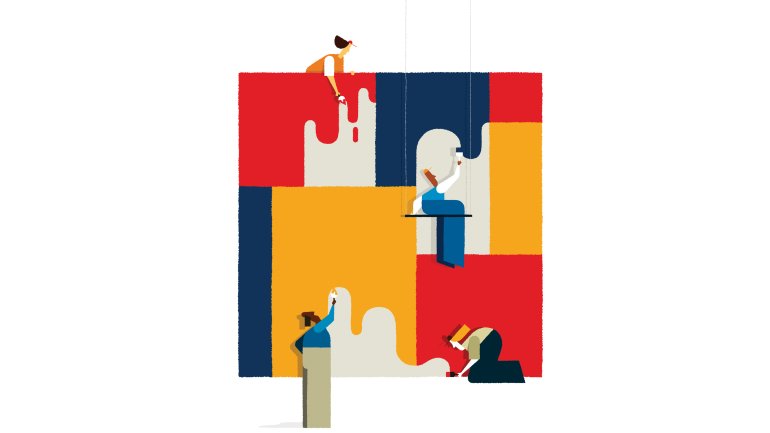An Extended Hand Is Not Enough
An Extended Hand Is Not Enough
I’ve held many positions in a range of institutions – from a museum educator at an encyclopedic museum to an exhibition curator at a non-collecting, nonprofit organization supporting emerging artists. In each organization that I’ve been a part of, the idea of access is celebrated and encouraged. We want people to be able to see, understand, and enjoy objects of art, craft, and cultural heritage. We want them to discover and engage with ideas, both historical and contemporary. We want more arts and cultural workers of color to have access to jobs in creative fields.
But what and who do we actually mean when we use the term “access”?
In my experience, “access” is institutionally coded language used when discussing lower-income communities of color. Without thinking critically and practically about the term, we may find ourselves unintentionally practicing tokenism, a minimal inclusion of underrepresented groups to give the impression that the institution is both accessible and equitable – thus avoiding actual change.
A common mistake that arts organizations make is oversimplifying the work – often merely extending invitations to marginalized communities, which, between the lines, say: “Our doors are open, we have great programs; therefore, you should want to come in.” But does this minimal effort create more inclusive institutions?
The work of equity and access in the arts, often called “diversity,” is directly tied to the historical legacy of slavery and colonialism in the United States. This history has infiltrated our systems and institutions, from Jim Crow laws to a criminal justice system that disproportionately punishes people of color. Arts and cultural workers must acknowledge this fact before we can start finding strategies and solutions, because the work is harder and more time-consuming than simply extending a well- intentioned hand.
So what steps should we take to create and promote access that is sustainable and genuine? How do we grow our audience to include a wide range of individuals and communities?
The process starts by asking questions and reflecting on our own practices – namely, identifying power and resources and assessing how they can be re-distributed among staff. Are there senior-level staff members or leaders of color with decision-making power? Are artists and educators of color receiving honorariums for their work? Is there a full-time, salaried outreach director on staff? Only when the systemic issues that stunt diversity efforts are identified internally can institutions, which often do not realize or do not want to realize they have a problem, address these issues externally. Those unwilling to put resources, time, and expertise into a holistic diversity effort in their offices and organizational culture are not ready to expand diversity and promote equity in their audiences.
Second, we must listen to the communities we want to reach and build genuine relationships that do not ask anything back from them – no quid pro quo. We must go to community events, connect with community leaders, and listen attentively. This is not a moment to promote our institutions and programs. This is not about us; this is about building trust. The plain truth is that communities of color have been marginalized and oppressed by institutions built and run by white communities. This entrenched relationship between marginalized people and predominantly white institutions is the result of centuries of inequity, oppression, and injustice directly and indirectly affecting people’s lives to this day. Therefore, we cannot assume we know what any of our audiences want or need. By developing relationships with different communities across racial, economic, and geographic divisions, however, we can learn what they want and need – and how to work with them.
Finally, programming should integrate both established and new audiences, and be developed so that everyone can access the institution’s resources and collections together. Ultimately, our multifaceted audiences should feel like they have a say and a stake in our spaces and want to use them as a resource for information and tools. This should be our main goal. To meet these objectives, everyone – artists, educators, curators, administrators, and directors alike – must become facilitators, not gatekeepers. To effectively extend access to programming and avoid the pitfalls of tokenism, institutions must focus on process over product, prioritize this work both internally and externally, and commit time and financial resources to it.
Extending an invitation is not enough. Let’s thoughtfully build community together instead.

